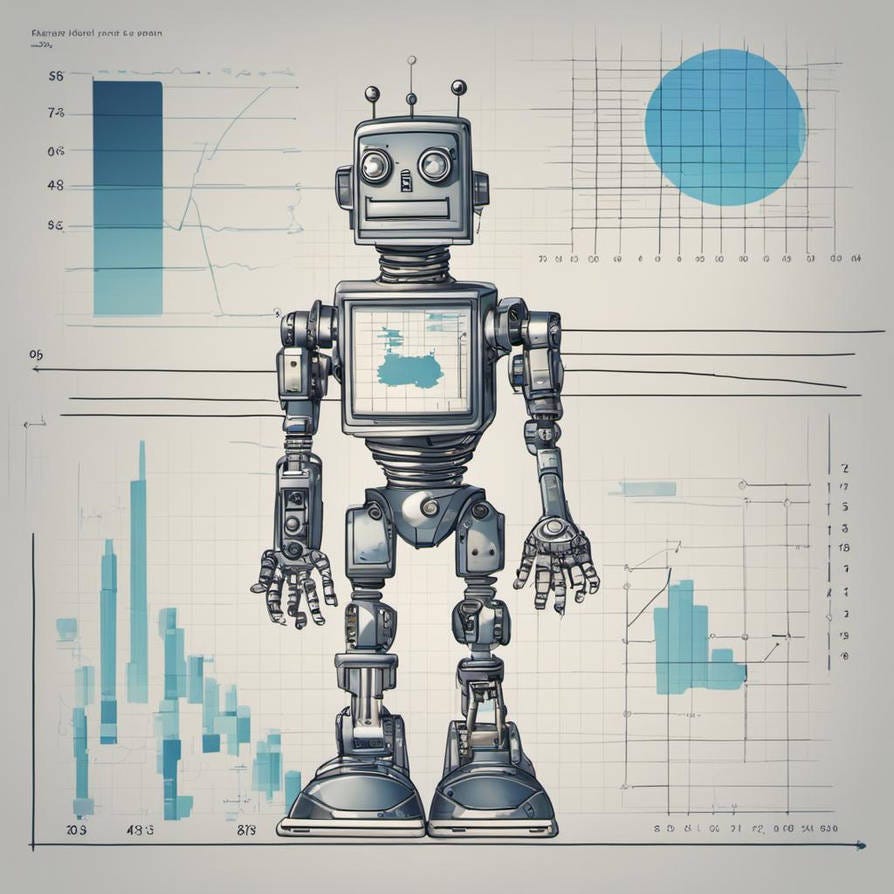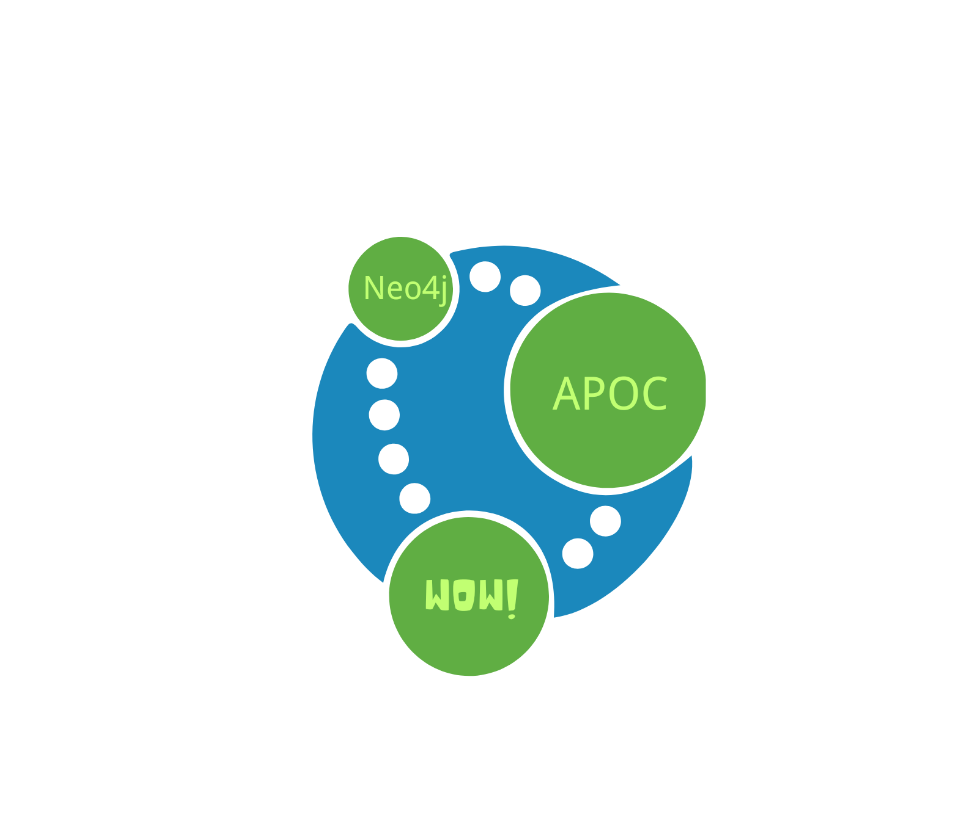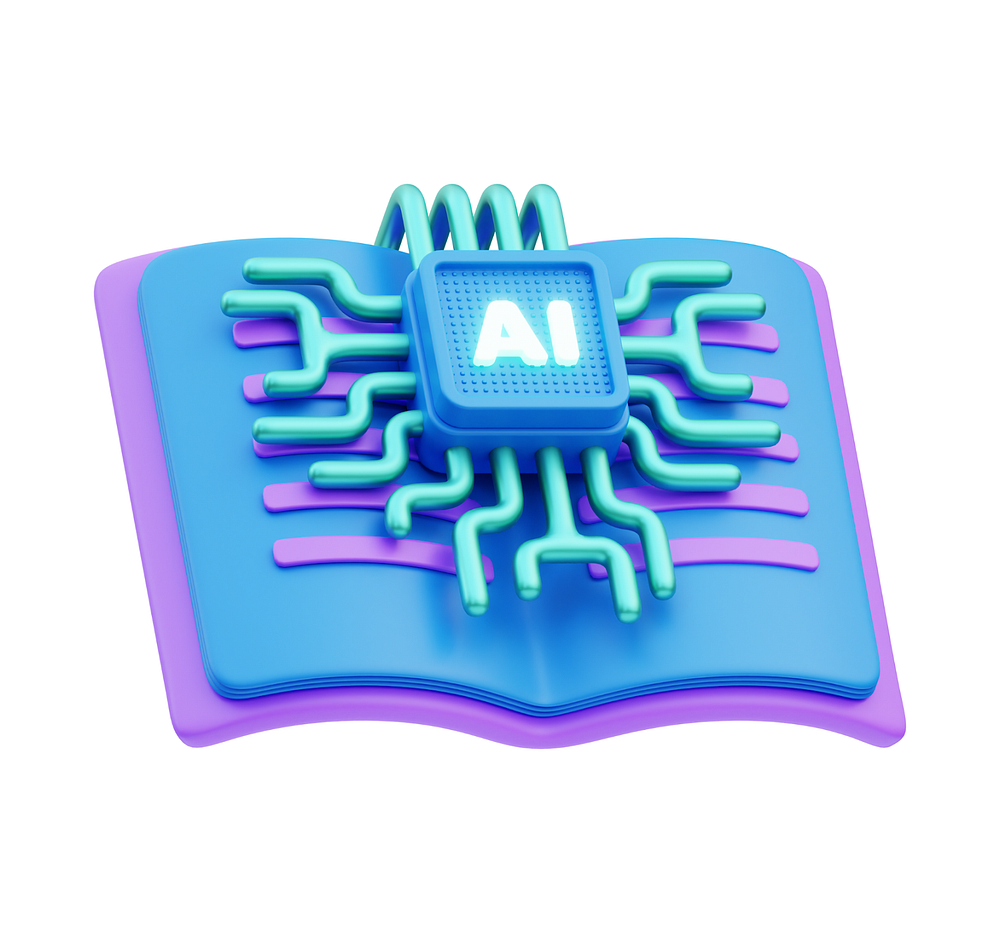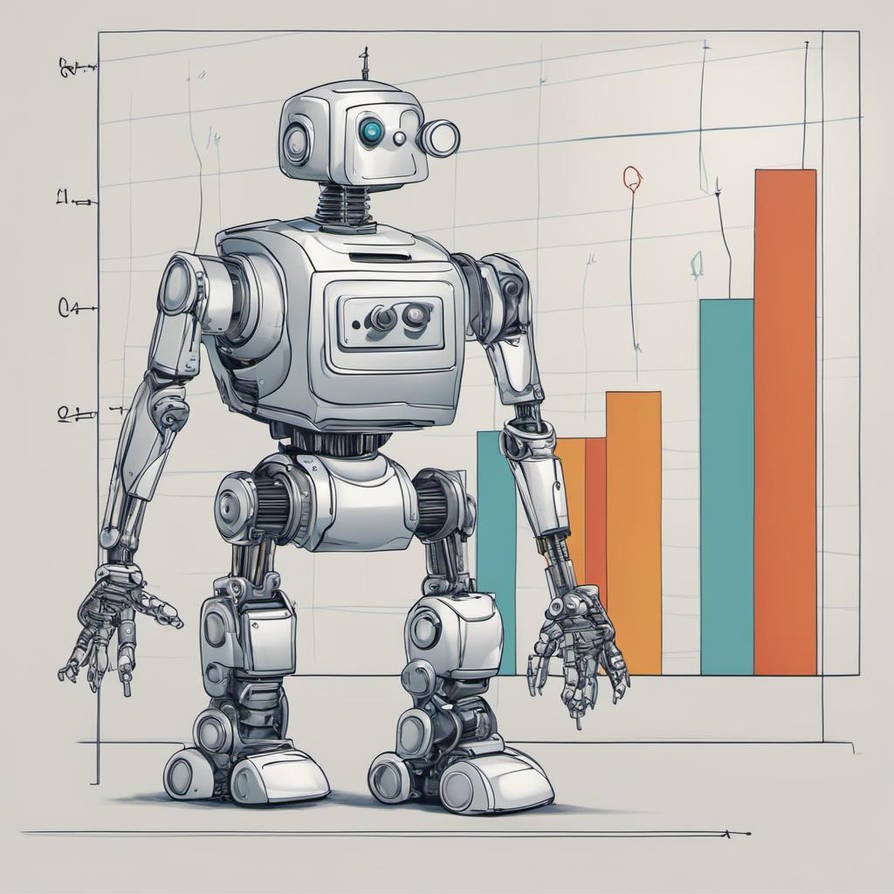
Latest effort in assessing the security of the code generated by large language models Author · Xuzeng He ( ORCID: 0009–0005–7317–7426) Introduction With the surge of Large Language Models (LLMs) nowadays, there is a rising trend among developers to use Large Language Models to assist their daily code writing. Famous products include GitHub Copilot or simply ChatGPT.









